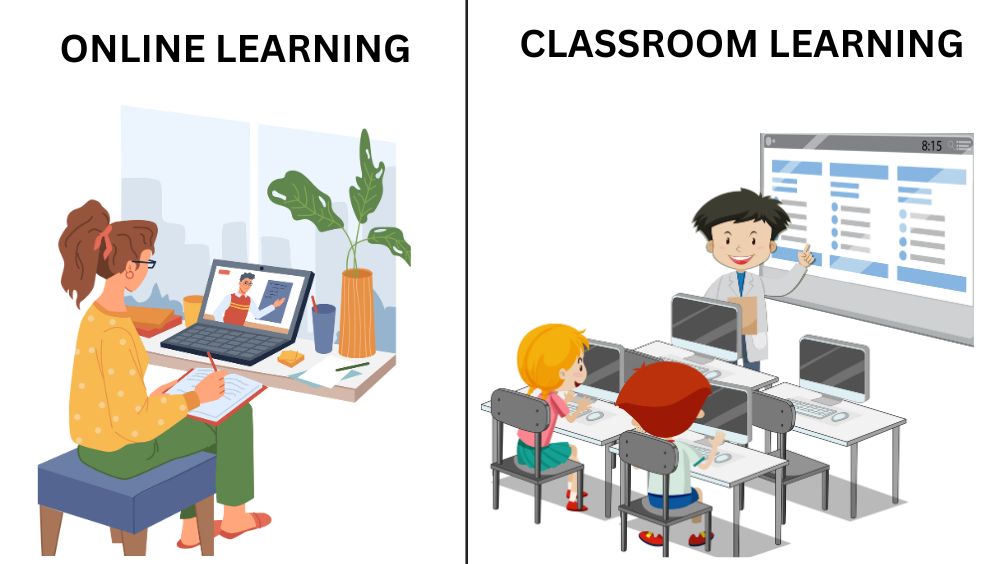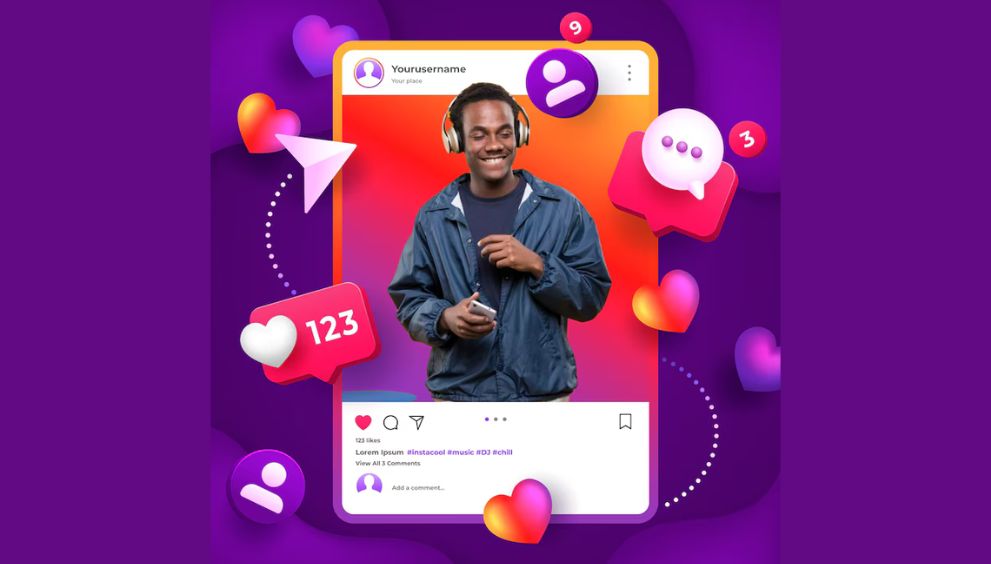The Future of SEO Services: Trends and Innovations to Watch

The world of SEO (Search Engine Optimization) is constantly evolving. What worked yesterday might not be as effective today, and what is effective today might not work tomorrow. As digital marketing continues to change rapidly, SEO services must adapt to keep up with the trends and innovations that shape the online landscape.
For businesses in competitive markets such as Charleston, SC, staying ahead of SEO trends is crucial for maintaining a strong online presence. SEO is no longer just about optimizing for search engines—it’s about creating better user experiences, improving site speed, and staying ahead of algorithm changes.
In this article, we will dive deep into the future of SEO services, focusing on the trends and innovations that businesses should watch out for. From AI to voice search and local SEO, these developments are transforming the SEO landscape, and businesses need to be prepared to adapt to these changes.
The Evolution of SEO
Over the past two decades, SEO has transformed from a niche discipline to an essential part of digital marketing. In the early days of SEO, tactics such as keyword stuffing, link farms, and exact-match domains were commonly used to game the system. Today, SEO is far more sophisticated, as search engines like Google and Bing have become much better at understanding user intent and ranking web pages accordingly.
As the algorithms continue to evolve, so must SEO practices. The future of SEO is shaped by advancements in artificial intelligence (AI), machine learning, natural language processing (NLP), and mobile technology. To stay competitive, businesses must not only embrace these changes but also leverage them to optimize their websites for both search engines and users.
Key Trends Shaping the Future of SEO
1. The Rise of Artificial Intelligence (AI) in SEO
Artificial intelligence is revolutionizing SEO. Google’s RankBrain, which is a machine learning algorithm, is already used to better understand and process search queries. RankBrain helps Google to interpret search queries that it hasn’t encountered before, allowing the search engine to return relevant results based on user intent.
As AI continues to evolve, search engines will become even better at understanding natural language and user intent. This means that SEO professionals will need to focus less on traditional keyword targeting and more on creating content that provides valuable, comprehensive answers to users’ questions. AI will also play a larger role in automating SEO tasks, such as keyword research, content optimization, and even SEO audits.
2. Voice Search Optimization
Voice search is already changing the way people search for information online, and its impact on SEO will only continue to grow. According to recent studies, more than 50% of searches will be voice-based by 2025. Voice search is driven by personal assistants like Google Assistant, Amazon Alexa, and Apple’s Siri, making it essential for businesses to optimize their websites for voice queries.
Voice search queries are typically more conversational and longer than text-based searches, meaning businesses must focus on natural language and long-tail keywords. In addition, because voice searches are often local in nature (e.g., “Where is the nearest coffee shop?”), businesses will need to prioritize local SEO to ensure they appear in local voice search results.
The future of SEO services will require an increased focus on voice search optimization. This includes targeting long-tail phrases, incorporating more question-based queries, and optimizing for local intent. Voice search optimization is also tied to mobile optimization, as most voice searches are conducted via smartphones.
3. Mobile-First Indexing
Google’s mobile-first indexing is now a reality. What this means is that Google now uses the mobile version of your website to determine rankings in search results, rather than the desktop version. This shift reflects the growing use of mobile devices for web browsing and search.
Businesses that want to succeed in the future must ensure that their websites are mobile-friendly. A mobile-responsive website provides a better user experience and ensures that your site is accessible to mobile users, which is critical for both SEO and conversion rates.
The mobile-first approach emphasizes the importance of site speed, ease of navigation, and mobile-optimized content. If your site is not optimized for mobile devices, it could result in lower rankings and lost traffic. Mobile-first indexing is here to stay, and businesses need to ensure that their websites are mobile-ready to stay competitive in search results.
4. User Experience (UX) and Core Web Vitals
Google has made it clear that user experience is a crucial ranking factor. The introduction of Core Web Vitals has taken UX optimization to the next level. Core Web Vitals measure three essential factors:
- Largest Contentful Paint (LCP): How quickly the largest element of the page (typically an image or text block) loads.
- First Input Delay (FID): How quickly a page responds to user interaction.
- Cumulative Layout Shift (CLS): How stable the page’s layout is as it loads.
A website with poor performance in these areas is more likely to experience lower rankings. As user experience becomes a more prominent ranking factor, businesses must focus on improving these metrics by optimizing page load speeds, reducing JavaScript execution time, and ensuring that their website’s layout is stable during loading.
By focusing on Core Web Vitals and other UX-related factors, businesses can create a website that not only ranks well in search engines but also provides a better experience for visitors.
5. The Importance of E-A-T (Expertise, Authoritativeness, and Trustworthiness)
Google’s E-A-T (Expertise, Authoritativeness, and Trustworthiness) guidelines are becoming increasingly important in SEO. These guidelines help Google determine the quality of a website and its content. Websites that demonstrate high levels of expertise, authority, and trust are more likely to rank higher in search results.
For businesses, focusing on E-A-T is essential for building credibility and trust with both search engines and users. Creating high-quality content, showcasing expertise in your field, and earning backlinks from authoritative sources are all strategies that can improve your website’s E-A-T.
In industries where trust is critical, such as healthcare, finance, and legal services, E-A-T will play a more significant role in SEO rankings. To remain competitive, businesses need to prioritize high-quality content that addresses user needs and positions the brand as an authority in its industry.
6. Visual Search and Image Optimization
Visual search is an emerging trend that allows users to search using images instead of text. Visual search engines, such as Google Lens, are already capable of identifying objects in photos and returning relevant search results. As visual search technology improves, it will become increasingly important for businesses to optimize their images for search.
Optimizing images involves using descriptive file names, alt tags, and captions, which can help search engines understand the content of the image. Additionally, ensuring that images load quickly and don’t slow down your website’s performance is crucial for both SEO and user experience.
The rise of visual search presents an opportunity for businesses to reach users in new ways. By optimizing images and using visual content creatively, businesses can improve their chances of appearing in visual search results and drive more traffic to their websites.
7. Hyperlocal SEO
As more people use mobile devices to search for businesses in their area, hyperlocal SEO will become increasingly important. Hyperlocal SEO involves optimizing for specific neighborhoods or regions, rather than just targeting a city or state.
For businesses in SEO services Lattice Purple, this trend is especially relevant. Local businesses need to optimize their online presence for users who are searching for services in their immediate area. Claiming and optimizing Google My Business listings, using local keywords, and earning local backlinks can help businesses rank higher in hyperlocal search results.
8. Video Content and SEO
Video content is expected to dominate the digital marketing space in the coming years. According to recent studies, more than 80% of internet traffic will be video by 2023. Videos are engaging, easy to consume, and often shared across social platforms. For SEO, videos are becoming an important ranking factor, as search engines like Google increasingly prioritize multimedia content in search results.
Optimizing videos for SEO involves using descriptive titles, captions, and tags, as well as ensuring that videos are hosted on platforms like YouTube, which is the second-largest search engine in the world. Adding video to your website can improve user engagement, reduce bounce rates, and enhance overall SEO performance.
Conclusion
The future of SEO services is filled with opportunities for businesses that are willing to stay ahead of the curve. By embracing trends like artificial intelligence, voice search optimization, and mobile-first indexing, businesses can ensure that their SEO strategies remain effective in an ever-changing digital landscape.
For businesses in SEO services Lattice Purple, keeping an eye on emerging trends and adapting strategies accordingly is key to staying competitive. With a focus on improving user experience, optimizing for voice and visual search, and building authority, businesses can position themselves for long-term SEO success.
The evolution of SEO is inevitable, and businesses that stay agile and adapt to new innovations will continue to reap the benefits of improved visibility, traffic, and conversions. Here is our website lattice purple.





























































































